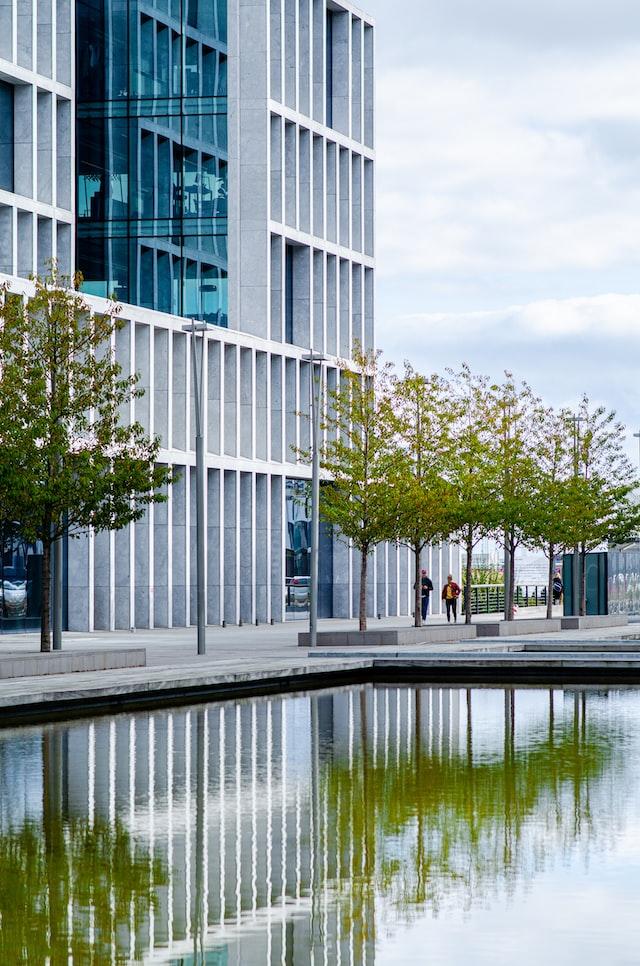That’s almost double the number from the year before. In 2021, before Vladimir Putin invaded Ukraine and exacerbated an already existing energy crisis, 11,000 new heat networks customers were added.
“With the framework conditions that heat networks companies are subject to, and with the challenges they face in obtaining equipment and manpower, I think it is well done to reach 20,000 this year”, says Rune Moesgaard, political director of the Danish Heat networks Association, to Ritzau.
The figures are taken from 233 of the more than 350 heat networks companies organised by the Danish Heat Networks Association. The companies report that the significant increase looks set to continue into 2023, when they expect to have to connect 27,500 new customers.
Shortage of pipes and hands
However, phasing out natural gas from Danish homes could probably be done even faster. But a shortage of materials is making it hard to kick-start the switch. One example is Haderslev, where 4000 natural gas customers are due to switch to heat networks by 2025.
The director of Haderslev Heat networks, Morten Hartmann, does not dare to promise whether the timetable can be kept.
“We find that citizens very much want heat networks, but they naturally want to know if it is 100 percent certain that the plan will hold. We have to make the reservation that there may be delays due to materials. Among other things, there are problems with deliveries of steel, plastic and insulation”, he told Ritzau.
The picture is the same in Middelfart, where the local heat networks company is faced with expanding from the current 8,000 to 14,000 heat networks customers in 2028. Right now, the heat networks company is pressured by the fact that the waiting time for pipes and sockets is three to seven months, and in addition, it is also becoming increasingly difficult to get professionally qualified people to do the work.
“Finding new hands is one thing, retaining the resources and hands that are found is another. Right now we are competing internally in the industry for those who are available”, says Daniel Kjær Sørensen to Ritzau.
According to calculations from Aalborg University, about 260,000 natural gas customers will switch to heat networks. In addition, 50,000 oil boilers and 70,000 biomass boilers must be replaced.
Original article courtesy of: https://danskfjernvarme.dk/uk
